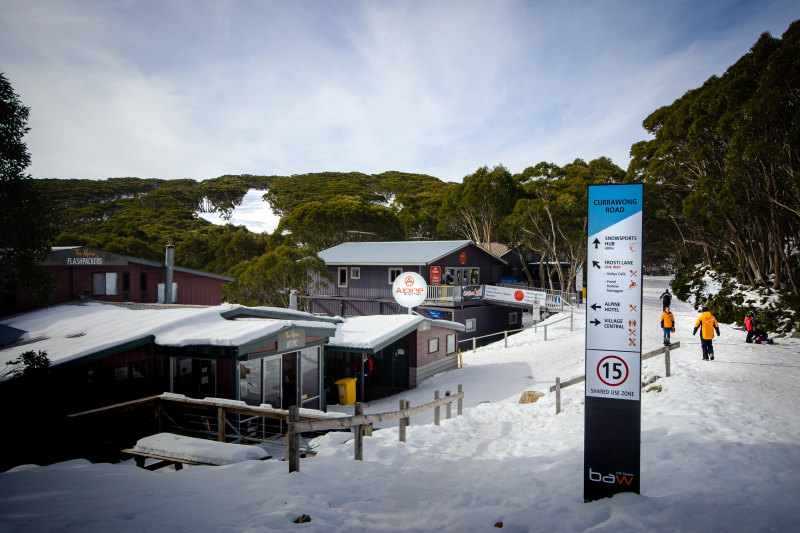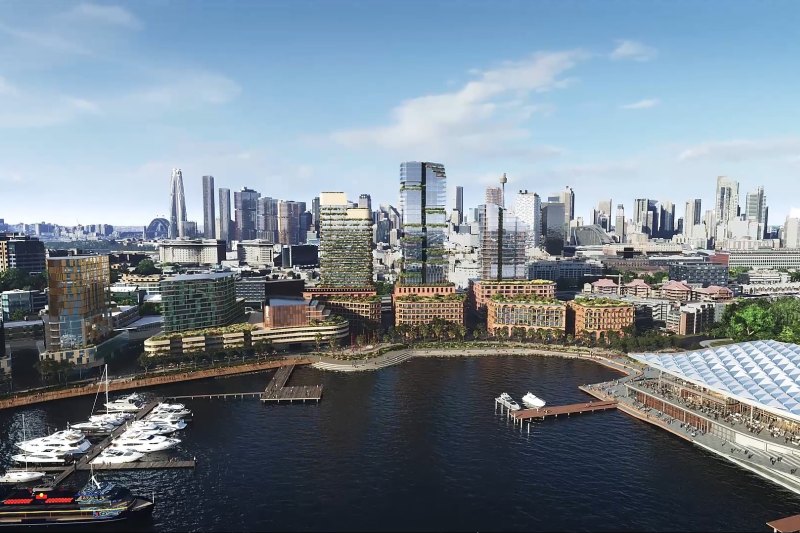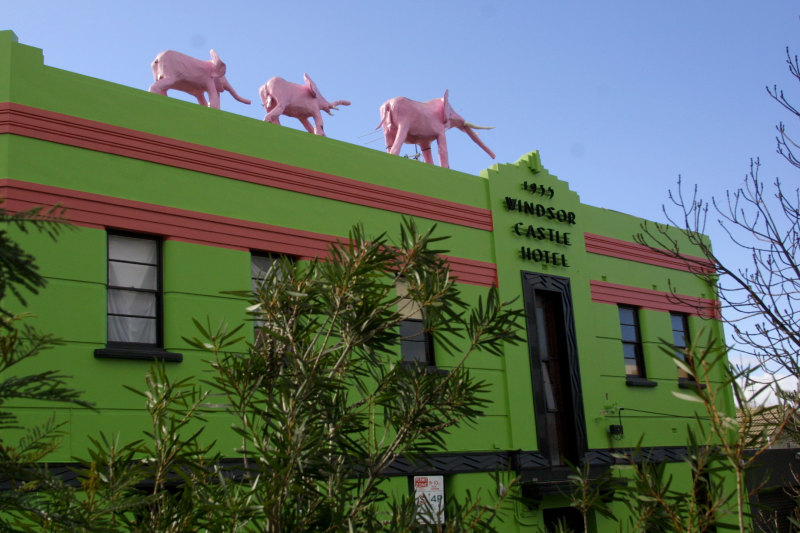
Skyportz inks deal for car park roof landing pads
The flat rooftops of inner-city and CBD car parks could become take-off and landing sites for hundreds of daily “air taxi” and commercial drone flights when they are approved in as little as three years’ time, under a plan unveiled by former Victorian state politician Clem Newton-Brown.
Mr Newton-Brown’s aviation start-up Skyportz, which hopes to develop the infrastructure to support air taxi services across Australia’s major cities, has formed a partnership with national car park operator Secure Parking that could deliver more than 400 potential air taxi landing sites in prime locations.
“Car park rooftops are ideal because they are built to support the weight of cars, are easily accessible and are in locations that people want to go to,” Mr Newton-Brown told The Australian Financial Review.
Secure Parking chief executive Peter Anson said the company, owned by Japan’s Park24, looked forward to “working collaboratively with Skyportz as we explore what can be achieved together”.
An air taxi – or electric vertical take-off and landing (eVTOL) aircraft – is designed to speedily commute passengers around big metropolitan areas, avoiding traffic congestion below.
They are quieter, lighter and greener than helicopters. They are also expected to be cheaper to operate because of lower maintenance costs and through the use of ride-sharing.
“We want to be the front-runner in 2024 or 2025 when the first commercial aircraft is approved and be in a position to attract these companies to Australia,” Mr Newton-Brown said.
“Our role [in establishing the industry here] is very clear. It’s what we see as the missing piece in the puzzle: the landing infrastructure.
“There is no point in having these incredible aircraft developed if they can’t actually be landed in places that are useful.”
Stuart Norman, CEO of Parking Australia, which represents the country’s car park owners and operators, said it made “complete sense” to maximise the future potential use of these assets through civil aviation.
“We think car park facilities have a range of potential uses,” he said.
He declined to say whether any other operators were striking similar agreements.
Complementary uses such as electric vehicle charging and click-and-collect services have become increasingly important as additional revenue sources for car park owners, which have seen occupancy rates plummet since the start of the pandemic.
“I can see a day when you take sky transport from the Melbourne CBD to get to Chadstone Shopping Centre or to get to Avalon or Tullamarine Airport,” Mr Norman said.
While the idea of taking a “flying car” to work or a meeting may sound far-fetched to some, the eVTOL industry is rapidly being commercialised by companies such as New York-listed Joby, which has a market cap of US$3.8 billion ($5.2 billion) and is backed by Toyota and Uber.
Joby expects to start commercial operations in 2024. Its aircraft, which is powered by six electric motors, can accommodate a pilot and four riders, travels at 200 miles per hour (322 km/h) and can travel more than 240 kilometres.
Other companies heavily invested in the sector include aerospace giant Airbus, which is working on an all-electric, four-seat eVTOL “multicopter”, and carmaker Hyundai, which launched its Supernal flying taxi division in November and promises its first commercial flight by 2028.
In the drone industry, Google Wing has been delivering packages across Canberra for five years and recently expanded into Brisbane.
Skyportz, which Mr Newtown-Brown founded in November 2018 after serving as the member for Prahran from 2010 to 2014, raised $623,000 from 456 investors last year to help fund its activities.
In October, Skyportz signed an agreement with US manufacturer Electra.aero to buy up to 100 hybrid electric aircraft for the Australian market.
While much work needs to be done on the regulatory front to get an air taxi network running, the federal government has thrown its support behind the concept and committed $32.6 million to set up an Emerging Aviation Technology Partnerships program to help develop flying vehicles, including drones and air taxis.
“It’s not science fiction. These aircraft are already flying,” Mr Newton-Brown said.











